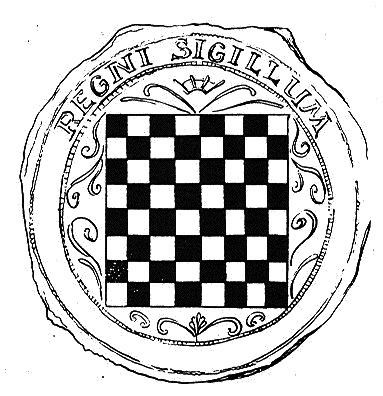 | ||
History
The details of the arrival of the Croats are scarcely documented: c.626, Croats migrate from White Croatia (around what is now Galicia) at the invitation of Eastern Roman Emperor Heraclius. Between c. 641 and c. 689 Radoslav converts Croatia to Christianity.
Contents
- History
- Kings of Croatia
- After 1102
- House of Zpolya
- House of Habsburg
- Kings of Yugoslavia
- House of Savoy Aosta
- Post monarchy
- References
Kings of Croatia
In his letter from 925, Pope John X refers to Tomislav as Rex Chroatorum - King of the Croatians. All Croatian rulers after Tomislav held the title of king.
After 1102
From 1102, the reigning King of Hungary is ruler of Kingdom of Croatia-Slavonia and Dalmatia in agreement with the Croatian nobles. Croatia is governed on his behalf by a Ban (viceroy) and a Sabor.
House of Zápolya
Kingship disputed between Ferdinand of Austria and John Zápolya during the Ottoman invasion
House of Habsburg
On January 1, 1527 Croatian Parliament met in Cetin to elect Ferdinand, Archduke of Austria as the new king of Croatia.
Kings of Yugoslavia
After the World War I and the breakup off of Austria-Hungary, Croatia joined a newly formed State of Slovenes, Croats and Serbs. Following a brief period of self-rule, that state became part of the Kingdom of Serbs, Croats, and Slovenes under the Karađorđević dynasty. The name of the kingdom was changed in 1929 amid unitarianist reforms to "King of Yugoslavia". During this period, in 1941 Croatia was occupied by the Axis powers along with the rest of Yugoslavia.
House of Savoy-Aosta
During the German occupation of Yugoslavia, a puppet-state under Italian protection called the Independent State of Croatia was created with its leader Ante Pavelić. Soon after the creation of the state its government passed three laws on the creation of the crown of Zvonimir, which made the country a kingdom. Three days later the Rome treaties were signed. Italian prince Aimone, Duke of Spoleto was designated King of Croatia. He abdicated in 1943.
Post-monarchy
See:
